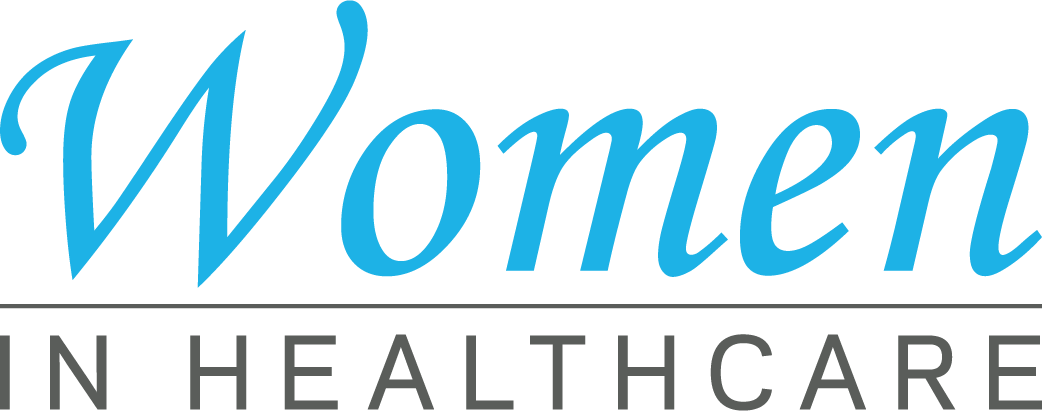A Comprehensive Guide on Just How Healthcare RCM Functions to Streamline Invoicing and Collections
Browsing the complexities of healthcare revenue cycle monitoring (RCM) is crucial for service providers intending to improve their invoicing and collections processes. The guide unpacks the intricacies of RCM, from client enrollment to accounts receivable monitoring, offering insights right into optimizing each action. Integrating advanced modern technology and standardized procedures can substantially minimize claim denials and speed up repayment cycles. Yet, real obstacle hinges on effortlessly merging these components to improve cash money flow. As we explore the core elements and techniques that drive effectiveness, one inquiry stays: just how can health care entities best setting themselves to grow economically in an ever-evolving market?
Recognizing Profits Cycle Management
Realizing the complexities of Earnings Cycle Monitoring (RCM) is necessary for health care organizations aiming to maximize their financial performance. RCM is an important administrative function that incorporates the entire monetary procedure of individual treatment, from the initial appointment setting to the final repayment of the balance. It is a complex procedure made to identify, accumulate, and take care of the revenue from the services offered to patients. Efficient RCM makes sure that medical care suppliers obtain accurate and prompt repayments, reducing the danger of profits loss and enhancing capital.
The RCM procedure begins when a patient routines a visit and prolongs with the client's care journey, consisting of billing and collections. A key goal is to reduce the time between supplying a service and receiving repayment, therefore enhancing the organization's economic wellness. RCM includes various functions such as client enrollment, insurance coverage confirmation, charge capture, coding, asserts submission, payment posting, and handling rejections and charms.
Secret Elements of RCM
In the world of Income Cycle Administration (RCM), comprehending its vital elements is basic to attaining economic effectiveness within medical care companies. RCM is a comprehensive process that encompasses numerous stages, each vital to making sure reliable billing and collections. The primary elements consist of individual registration, insurance coverage confirmation, cost capture, coding, claim entry, settlement posting, and accounts receivable administration.


As soon as coded, claims are sent to payers, where accuracy is extremely important to stay clear of delays or rejections - Healthcare RCM. Repayment posting includes recording the gotten payments, which allows for the settlement of accounts. Last but not least, accounts receivable management concentrates on monitoring and attending to unsettled claims, ensuring timely follow-up and resolution
Each component of RCM is interconnected, and inadequacies in any part can interrupt the whole cycle. For that reason, grasping these elements is necessary for health care suppliers to optimize profits and boost their economic health.
Approaches for Efficient Payment
Standardizing billing procedures across the company is one more essential strategy. Establishing clear guidelines for documentation, coding, and submission helps keep uniformity and conformity with regulative requirements. Educating team regularly on these treatments makes sure everybody is current with the latest adjustments in billing codes and payer plans.
Accurate cost capture is essential in protecting against income leakage. Applying normal audits and monitoring systems enables the recognition and correction of discrepancies before they affect revenue. Furthermore, preserving open lines of communication with payers aids to swiftly settle any kind of conflicts or misunderstandings that may emerge.

Last but not least, interesting patients early in the invoicing process by giving clear quotes and educational products about their economic duties can substantially reduce confusion and boost repayment timeliness. These strategies collectively contribute to an extra efficient and financially healthy invoicing system.
Enhancing Collections Processes
A robust collections procedure is important for keeping financial security within medical care companies. Offered the intricacies of medical payment and the range of payer demands, improving the collections procedure involves implementing calculated steps that ensure accurate and timely payment of solutions made. Central to this is the use of technology to automate and simplify processes, lowering manual errors and enhancing efficiency. Automation devices can aid in tracking case statuses, sending out prompt suggestions to patients, and handling rejections better.
Training team to recognize the subtleties of insurance plan and payment codes is just as essential. This knowledge equips them to resolve invoicing inconsistencies swiftly and interact successfully with individuals regarding their financial responsibilities. Additionally, clear and clear individual communications are vital. Giving comprehensive explanations of charges and offering versatile layaway plan can raise individual contentment and punctual repayments.
Regular audits of the collections process must be carried out to recognize locations for improvement and ensure conformity with regulations. By assessing information, health care companies can determine trends, prepare for potential problems, and adapt strategies appropriately (Healthcare RCM). Inevitably, a well-enhanced collections procedure not just supports monetary wellness but additionally adds to a more seamless experience for people and Continue team alike
Optimizing Profits Streams
Structure upon Your Domain Name the foundation of a strong collections process, medical care organizations can additionally bolster their monetary stability by purposefully maximizing revenue streams. This includes a multi-faceted technique, beginning with a comprehensive analysis of existing profits resources to determine inadequacies and locations for growth. Utilizing innovative information analytics devices enables companies to acquire understandings right into payer mix, individual demographics, and solution use patterns, permitting data-driven decisions that enhance income capture.
Carrying out automated billing systems can considerably minimize mistakes and expedite claims refining, guaranteeing that income is accumulated extra effectively. In addition, optimizing payer agreements with normal negotiations can boost compensation prices and terms, straight influencing the lower line. Branching out solution offerings, such as incorporating telehealth or wellness programs, can also attract a broader client base, therefore enhancing revenue potential.
Another essential part is improving client interaction and fulfillment, as completely satisfied individuals are a lot more likely to comply with therapy plans and make timely settlements. Supplying versatile payment alternatives and clear payment methods can improve collections and foster person commitment. Healthcare RCM. By taking on these methods, healthcare companies can produce an extra durable financial framework, making sure sustained development and stability in an ever-changing industry landscape
Final Thought
To conclude, health care Revenue Cycle Monitoring (RCM) plays a crucial duty in maximizing payment and collections processes by incorporating essential elements such as patient enrollment, insurance confirmation, charge capture, coding, asserts submission, and receivable management. By utilizing sophisticated modern technology, systematizing treatments, and promoting client involvement, healthcare providers can considerably minimize case denials, increase settlement cycles, and enhance money circulation. This comprehensive strategy to RCM ultimately results in enhanced financial performance and sustainability for medical care organizations.
The RCM process starts when a client routines a consultation and expands through the individual's care journey, including billing and collections.An additional vital part is boosting person engagement you could try here and complete satisfaction, as completely satisfied individuals are extra most likely to stick to treatment plans and make timely payments. Using adaptable settlement alternatives and clear payment practices can improve collections and foster person loyalty.In final thought, healthcare Income Cycle Administration (RCM) plays a critical duty in enhancing invoicing and collections processes by integrating essential components such as individual enrollment, insurance coverage verification, fee capture, coding, declares entry, and accounts receivable administration. By employing advanced technology, systematizing procedures, and fostering individual interaction, health care service providers can dramatically decrease insurance claim denials, increase repayment cycles, and boost cash money flow.